I shoot film, but I am no analog zealot. For me, shooting film is rarely about the film. It is always about the experience shooting with some of the best cameras the world has ever known, and at this point in history, most of those cameras are not digital. However, when I do shoot digital, I like to shoot in the same way I shoot film. With the Fujifilm X100F, I can.

Just to be clear, this piece is not a review of the X100F. If you are interested in one, there are plenty all over the internet. Rather, this is a piece about technique. So if you want to use a digital camera in the same way you might use a fully manual analog one, then you have come to the right place. Or if you want to become a better analog shooter by first practicing on a digital camera like the X100F, then read on. The photos in this piece I took during a recent trip to Hanoi, Vietnam shooting with my Fujifilm X100F with its fixed Fujinon Aspherical Super EBC 23mm (35mm equivalent) f/2 lens in exactly the same I shoot my analog Leica M3 rangefinder with an eight-element Summicron 35mm f/2.
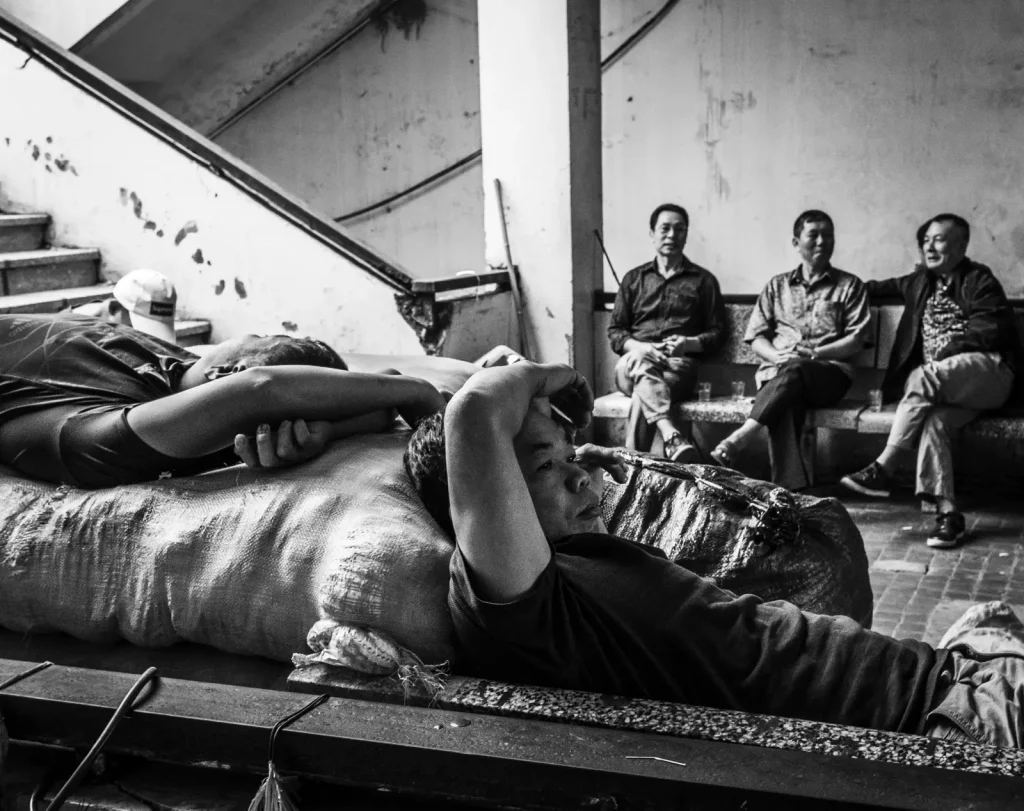
Street photography is what I love most. When I see a scene, a person, or a group of people I want to capture with my lens, I have to act fast. You might think that the manual settings of the Leica M3 and its M-mount lenses would be hopelessly slow, whereas the automatic settings of the X100F would be lightning fast by comparison, but it is the opposite that is true.
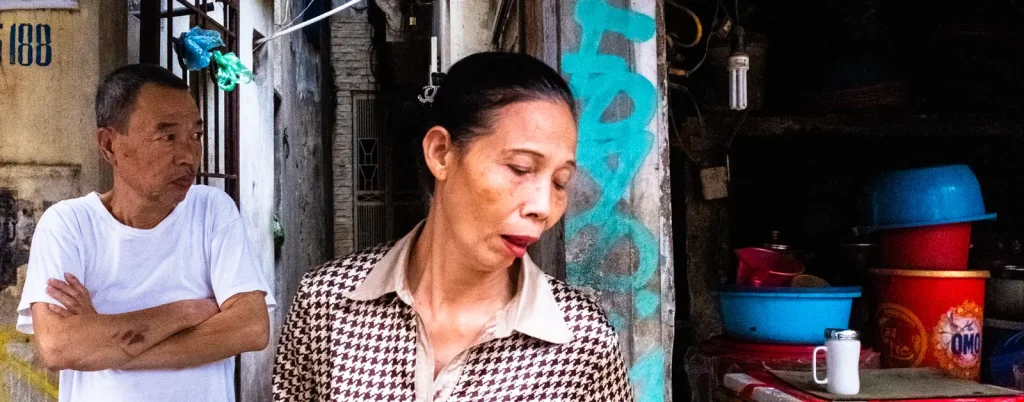
In fact, the X100F, despite its reputation for decent speed in autofocus, is no match for street scenes in motion. Between the time I push the shutter button to the time the X100F exposes its sensor, my subject has often walked out of my frame and I capture a photo of, well, nothing at all. Manual focus with with my Leica M3 is far faster and more reliable, as long as I do things right, and the same is true of the X100F in manual focus mode if I use it like a Leica.
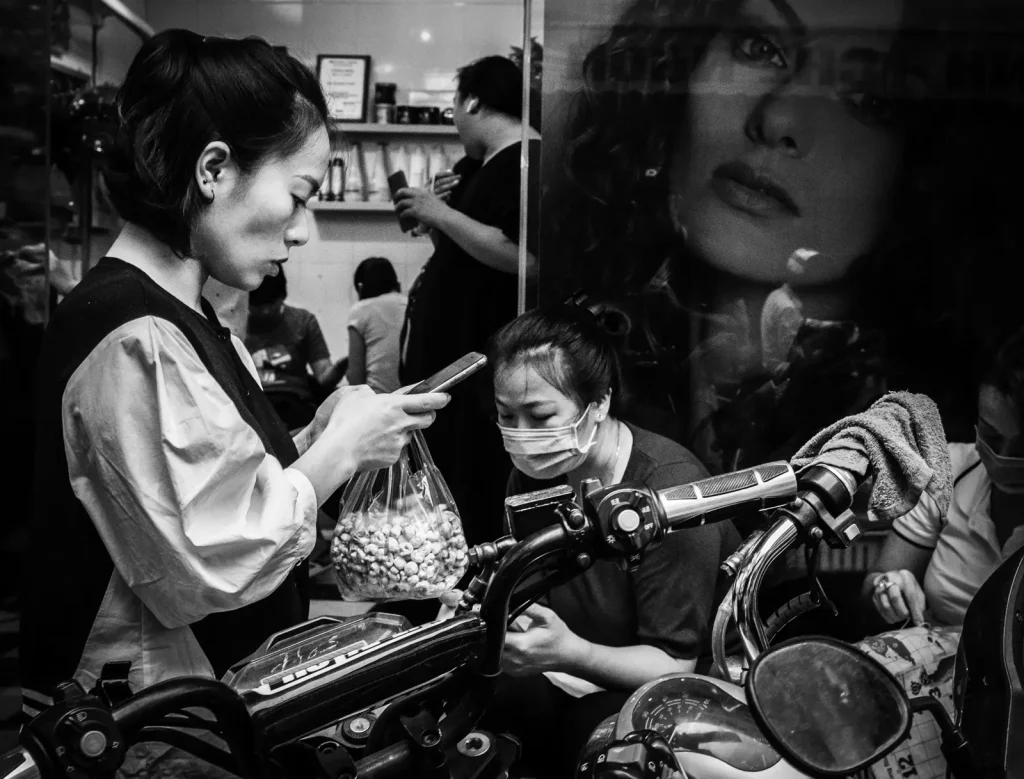
With the Leica M3, I often zone focus for speed, and use a lens with focus a tab. My Leica Summicron 35mm lens has a focus tab, which allows me to keep track of focal distance by feel, and make rapid adjustments as needed. As long as I am aware of my depth of field, I can make rapid adjustments and know where my focus is simply by the focus tab position—whether six, four, or eight o’clock.
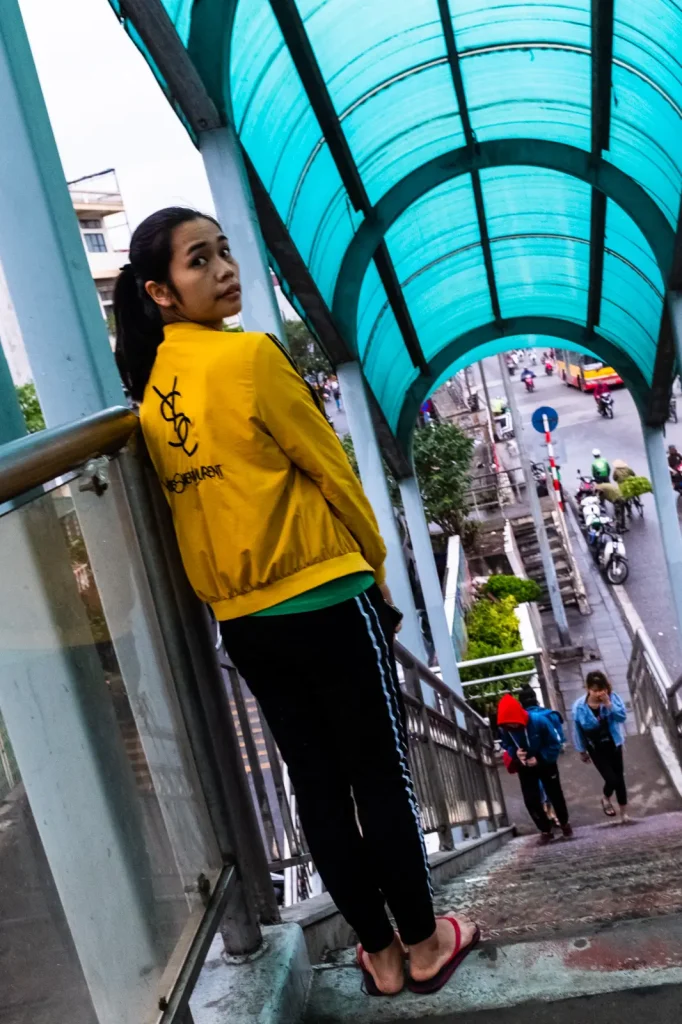
A technique that I often use in street photography with my Leica M3 is to set the focus at infinity and then bring the focus closer as I am walking towards my subject. When images line up in the focus patch, or at least close enough, I release the shutter. I can use exactly the same technique on the Fujifilm X100F in manual focus mode. The X100F focus ring however has no tab, and is not mechanical ether. I can turn the focus ring endlessly if I want. There is no discernible reference to focal distance from feel alone. To make matters worse, default rotation of the focus ring is the opposite of the Summicron.
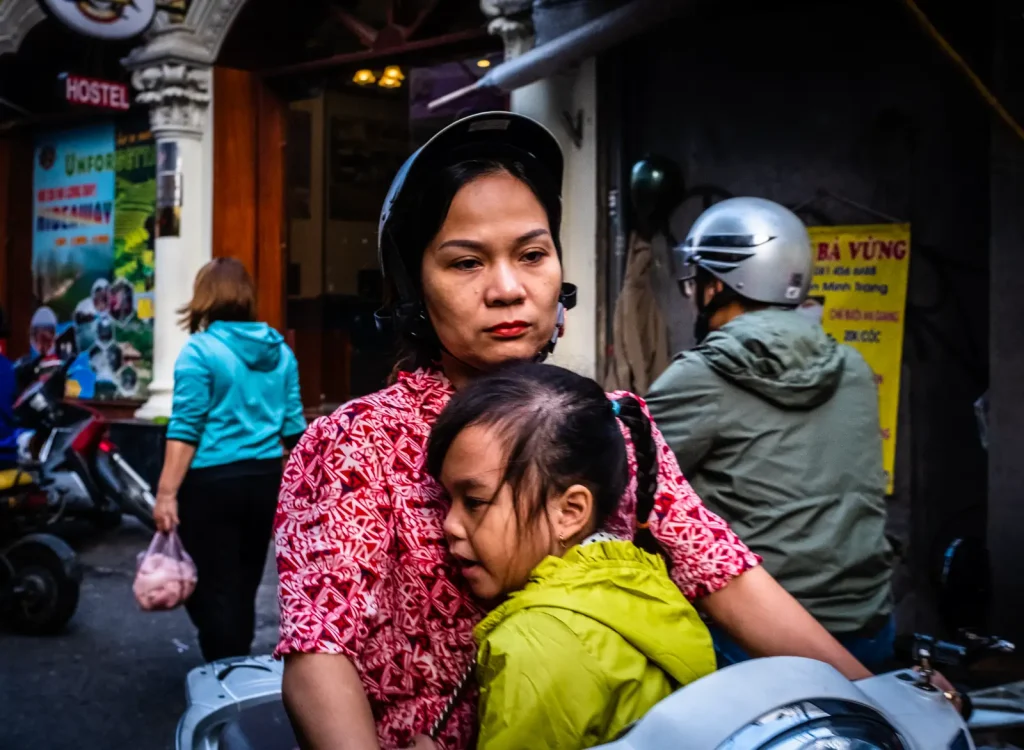
Despite this, I can set up the X100F lens focus to behave like a manual Summicron lens. First, I change the default rotation in the X100F settings so clockwise rotation brings the focus closer, and counterclockwise pushes it out farther. I can also attach a tab as an accessory. Taab makes rubber ring tabs for lenses that lack one, and one of the larger ones fits perfectly on the X100F focus ring. Still I need to have a focal distance reference position for the tab. So I move the tab to six o’clock, point the camera to the ground, and push the auto focus lock button to set the focus distance to about 1.5m. The X100F remembers the position even when you turn the camera off or switch back manual focus mode. This way, I can know the focus distance immediately by focus ring tab position like with the Summicron lens.

Unlike the Leica lenses and other manual lenses, there are no indicators for focus distance and depth of field on the lens itself. However, the X100F has an option to display depth of field range on a scale in the viewfinder. Be sure to select the “film” option for depth of field, as that gives the most realistic depth of field range perceptible to the human eye.
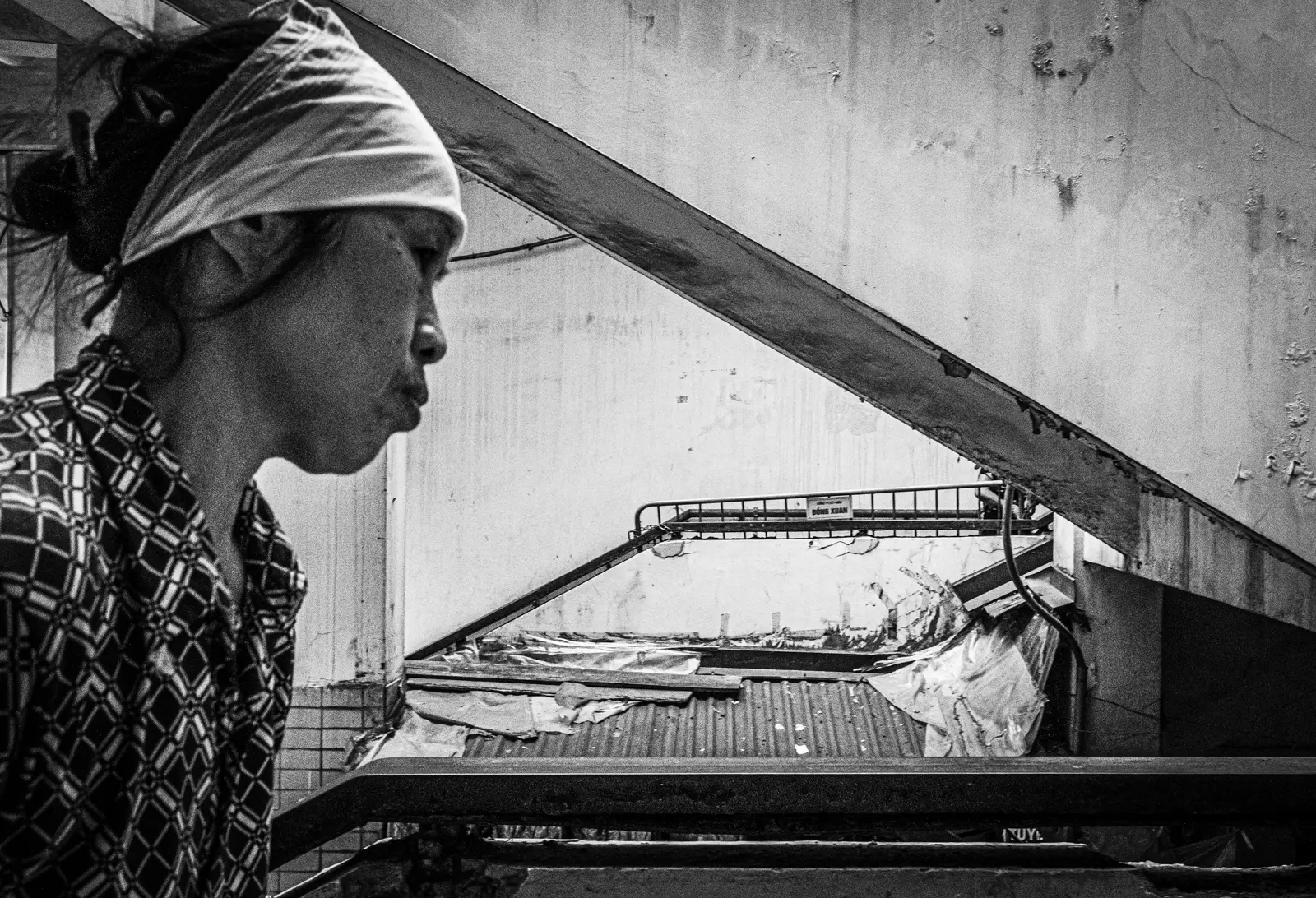
Depth of field range on the crop sensor of the X100F is substantially wider than the equivalent on a full frame Leica M, whether digital or film. So zone focusing is far more forgiving on a crop sensor. If you would like to know what the ranges are, check out this online depth of field calculator from Photopills. The X100F has no focus patch like a Leica M camera, but does have multiple options for focus when in manual mode. I find peaking using the EVF to be the easiest for working quickly, but you can choose whichever works best for you.

I don’t need auto exposure to be fast, not with the Leica M3 nor with the X100F. I use my eyes as a light meter, and if you know what you are doing, you can too. If I am out in the city on the streets of Ginza on a partly cloudy day with intermittent sun, there are only three lighting conditions about which I need to be aware. In the sun, under partial cloud cover, and in the shade of buildings. I typically shoot Kodak T-Max 100 at EL 640 and push process to get the results I want. So, if my subject is out in the sunlight, I shoot at 1/500th of second at f/16. Partial cloud cover? f/11 will do. In the shade of buildings, f/5.6 is usually fine, or if it deep shade maybe f/4.
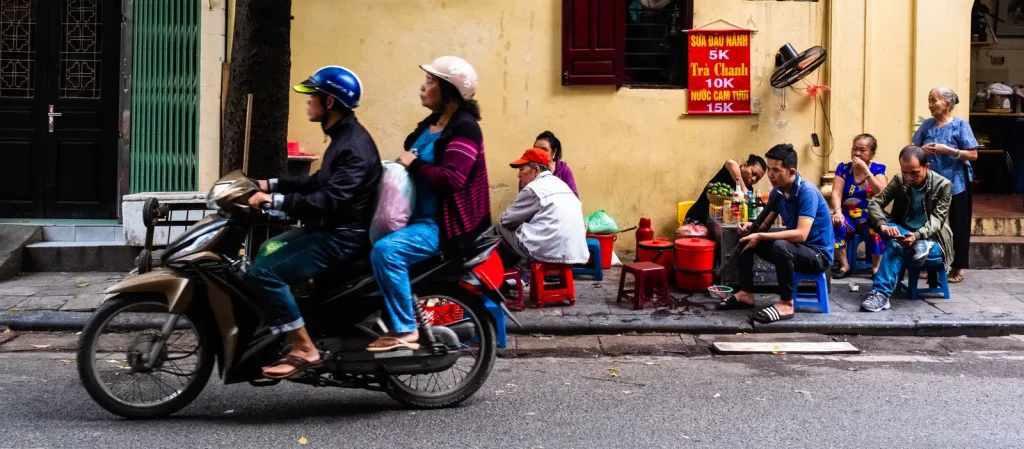
I don’t need to touch the shutter speed dial, just leave it on 1/500th. I do however need to be aware of my surroundings as I pass through different kinds of light and adjust my aperture as needed. I can make equivalent adjustments to shutter speed if I prefer to make my aperture the priority. If you have not yet learned how shutter speed, aperture, and ISO work together, 35mmc has an excellent explanation here. If you don’t know how to measure light with your eyes rather than a light meter, a good explanation can be found here. If you are unsure of what the lighting conditions require, just perform a few simple tests when you set out and then go manual. Usually as you are walking around in the streets, there are only three or four settings you will need.

With the X100F, I have a lot of options for automatic exposure when I prefer to use them. Full auto is of course an option, but I can also set a constant ISO and choose either aperture or shutter speed priority. I can even make both aperture and shutter speed constant and set the ISO to automatic. None of the automatic exposure settings slow the camera down significantly, so if speed is what you want there is little concern. However, with auto exposure the camera can get it wrong, particularly when you have to move fast, just like with analog cameras with autoexposure like the Leica M7 and the Minolta CLE. Whether to use automatic modes is up to you.
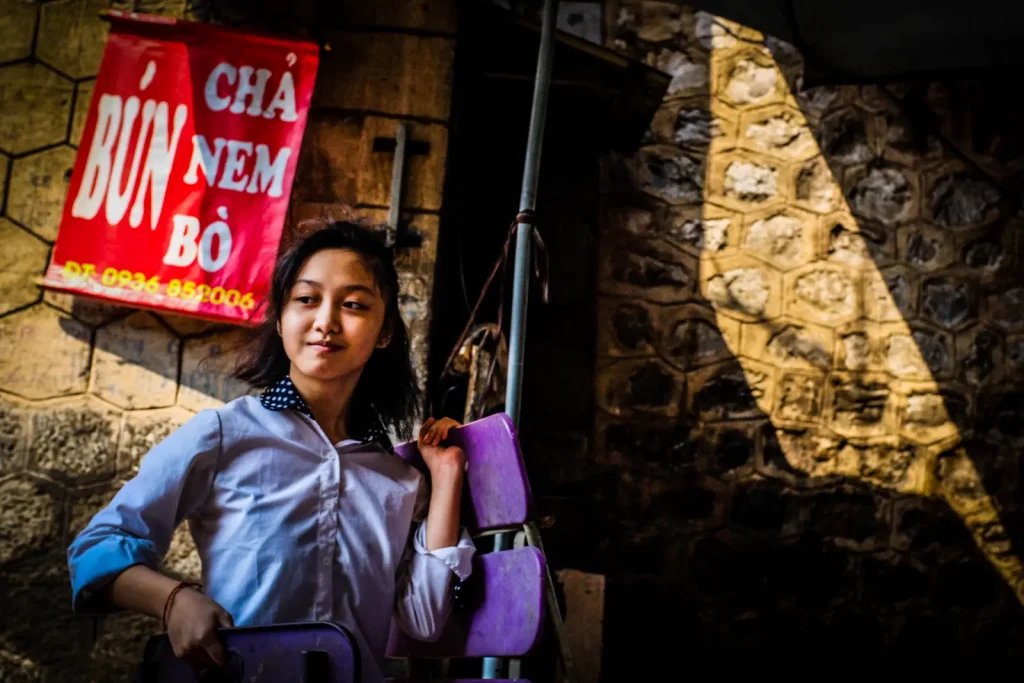
Hamish Gill, who owns and edits 35mmc, writes about the his frustrations with the X100F here, and also lure of the uncomplicated camera. The Fujifilm X100F can be complicated with its labyrinthine menu system and myriad function buttons, but does not have to be, as long as you are willing to ignore all that. You merely need to have the discipline to do so. So even when you shoot digital, I recommend having that discipline. The practice will make you a better photographer when you know how to control the camera yourself to get the results you want, whether digital, analog, or both.
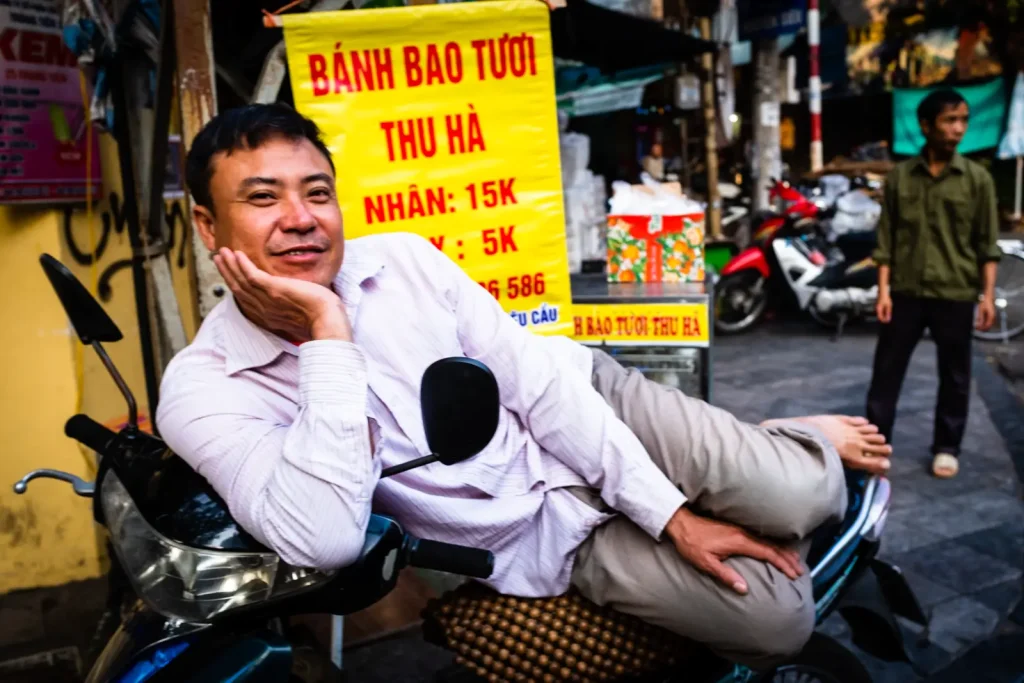
Some final notes: Don’t think you need a Fujifilm X100F to use the techniques I have described here. All of the Fujifilm digital cameras function mostly the same way, as long as they have dials with numbers rather than letters. And you don’t need to break the bank with the latest and greatest models either. The older X100T, X100S, and X100 are all about the same, as are the three generations of X-Pro cameras. In any case, most of the technical improvements on the newer models are related to automated functions, which for the techniques described above are ignored anyway. In manual mode, the older models perform mostly the same as the newer ones.

You also don’t need a Fujifilm model with the hybrid optical/EVF finders that you find on the X100 and X-Pro series cameras. While much fuss has been made about these finders as Leica-like, the Fujifilm optical finders bear little resemblance to their analog equivalents on rangefinder cameras. The Fujifilm optical finder is more of a novelty in my view–a lot of fun and not really that important.
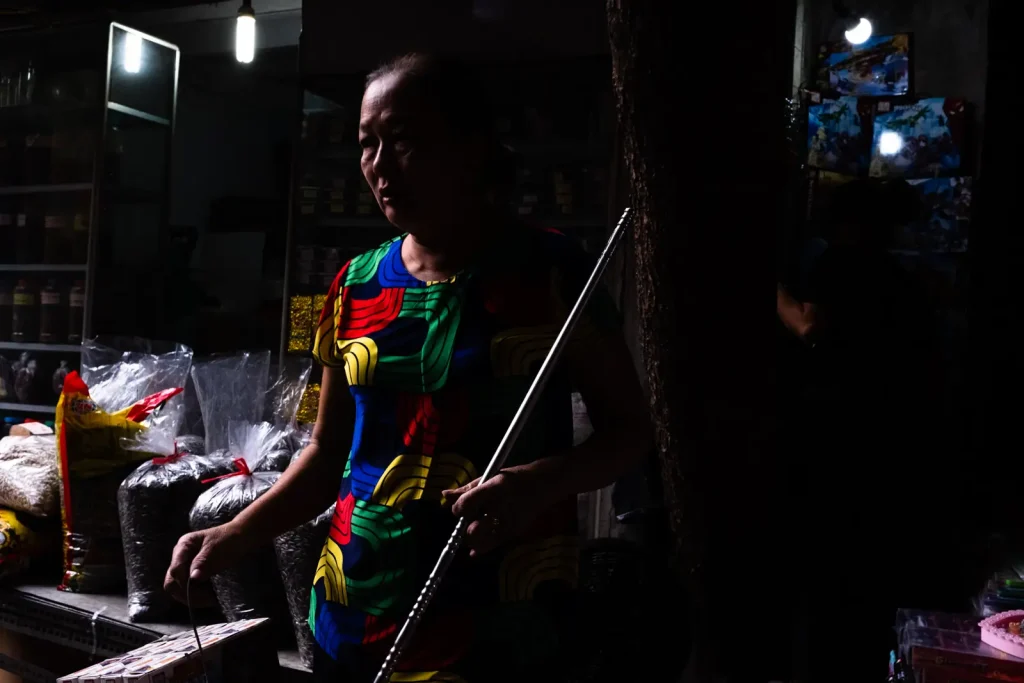
And don’t think you need to stick with Fujifilm either. Other manufacturers also make cameras that mimic analog camera settings. You can use all the techniques mentioned above with the Lumix LX100 and LX100 II as well as with their Leica-branded doppelgänger D-Lux models if you must. You have options from which to choose. It’s all up to you.
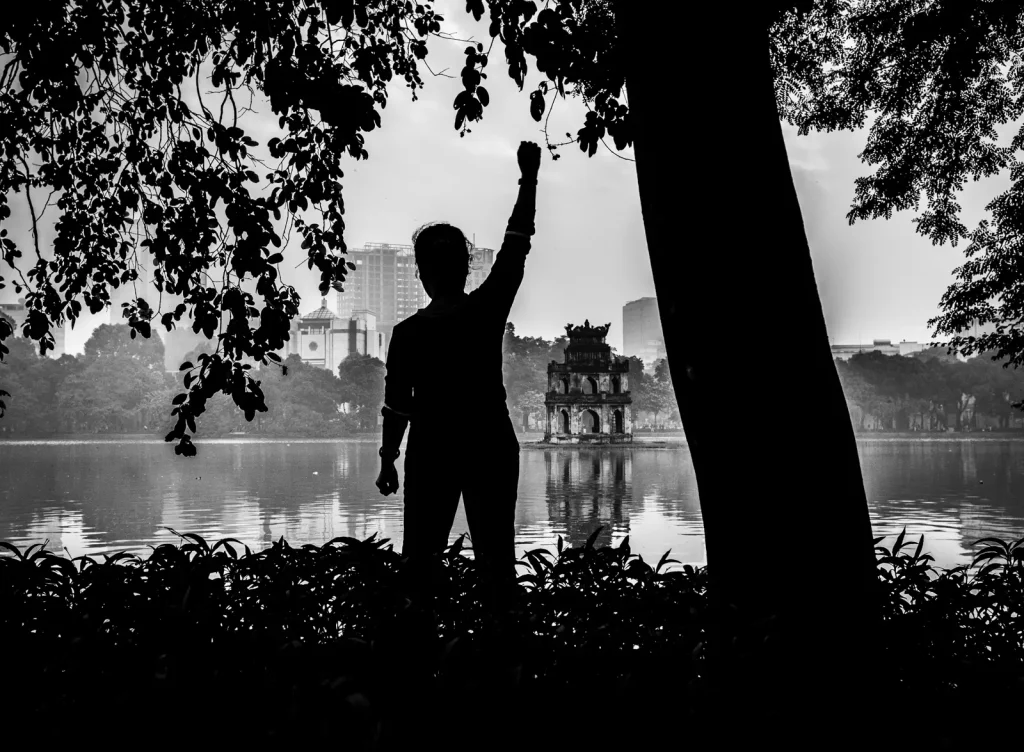
I am a street photographer who lives in Japan. If you would like to see more of my work, have a look at my website bleisteinphoto.com, or my Instagram @sbleistein
Share this post:
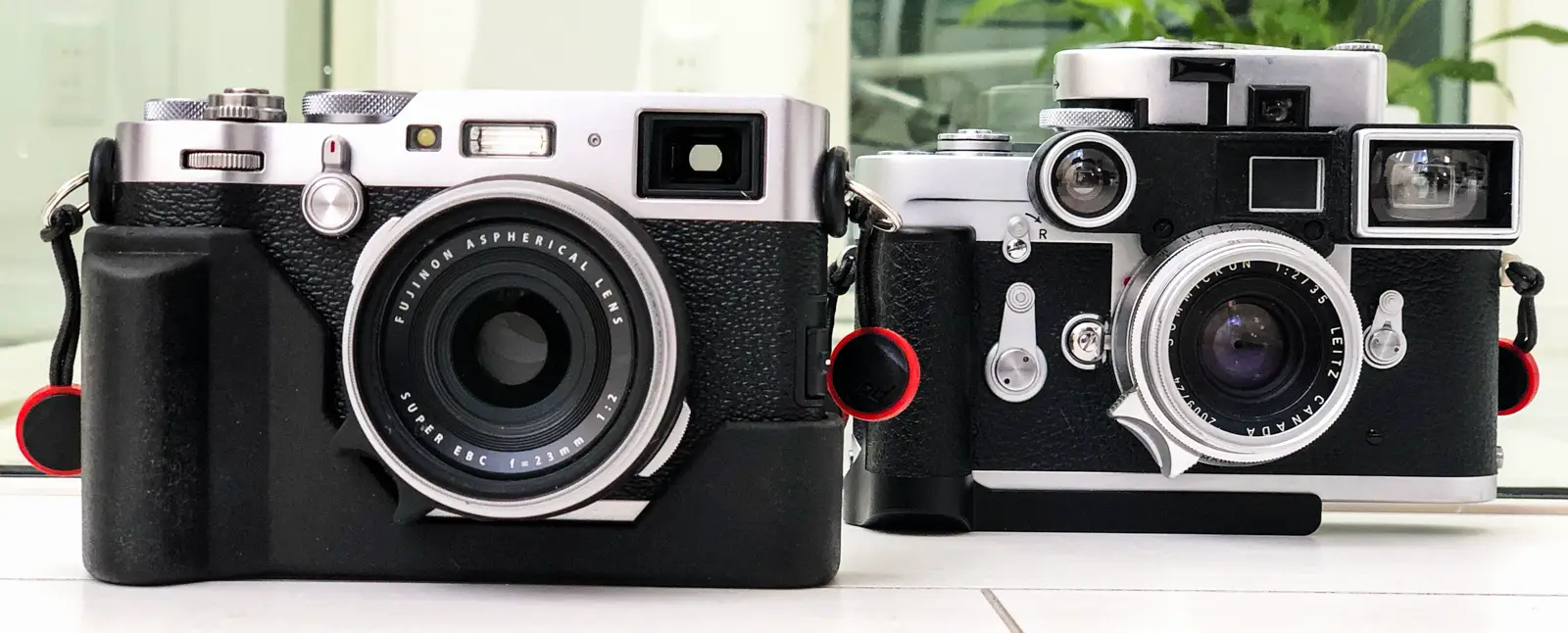








Comments
thorsten on Fujifilm X100F & Shooting it like an Analog Rangefinder – By Steven Bleistein
Comment posted: 07/01/2020
And thanks for bringing up Taab, for better grip I slung a slice of a schwalbe bike tube around my X100s ring ;))
I will look into them for sure (I was thinking of using sugru to create a tab).
Comment posted: 07/01/2020
Julian Love on Fujifilm X100F & Shooting it like an Analog Rangefinder – By Steven Bleistein
Comment posted: 07/01/2020
Comment posted: 07/01/2020
Paul on Fujifilm X100F & Shooting it like an Analog Rangefinder – By Steven Bleistein
Comment posted: 07/01/2020
Comment posted: 07/01/2020
SeanB on Fujifilm X100F & Shooting it like an Analog Rangefinder – By Steven Bleistein
Comment posted: 07/01/2020
Comment posted: 07/01/2020
Harry Machold on Fujifilm X100F & Shooting it like an Analog Rangefinder – By Steven Bleistein
Comment posted: 07/01/2020
thank you again for your sophisticated article here; always a pleasure to read and, yes, to keep in print.
Best regards
Harry
Comment posted: 07/01/2020
Peter on Fujifilm X100F & Shooting it like an Analog Rangefinder – By Steven Bleistein
Comment posted: 07/01/2020
Comment posted: 07/01/2020
David Hume on Fujifilm X100F & Shooting it like an Analog Rangefinder – By Steven Bleistein
Comment posted: 08/01/2020
Comment posted: 08/01/2020
Comment posted: 08/01/2020
Comment posted: 08/01/2020
Khürt Louis Williams on Fujifilm X100F & Shooting it like an Analog Rangefinder – By Steven Bleistein
Comment posted: 08/01/2020
Hi Steven,
First of all, thank you for sharing these images of street life in Hanoi, Vietnam. Hanoi appears as busy and gritty like New York City with the exception that the people don’t dress as monochromatic.
I also want to thank you for being honest about your experiences with film AND digital. I am old enough to have shot the film while in college over 30 years ago. I am also old enough to remember sitting with my father on a Sunday morning listening to Dad’s Pink Floyd, Chuck Mangione, and Gato Barbieri albums spin on his LP12 piped through his NAD pre-amp and Carver Hi-Fi tube amplifiers.
These days I shoot a Fujifilm X-T2 and listen to digital audio, and listening to vinyl is about nostalgia and, as you wrote, shooting with a film camera is "about the experience”.
I often get annoyed by some photographers/bloggers who fetishises film with statements that are opinion written as fact. Hopefully, this article provides evidence that it’s more about the technique, skill and “eye” than what gear is being used.
Comment posted: 08/01/2020
Eric on Fujifilm X100F & Shooting it like an Analog Rangefinder – By Steven Bleistein
Comment posted: 09/01/2020
Comment posted: 09/01/2020
Comment posted: 09/01/2020
Comment posted: 09/01/2020
Comment posted: 09/01/2020
Comment posted: 09/01/2020
Comment posted: 09/01/2020
Comment posted: 09/01/2020
Comment posted: 09/01/2020
Dawid on Fujifilm X100F & Shooting it like an Analog Rangefinder – By Steven Bleistein
Comment posted: 09/01/2020
Comment posted: 09/01/2020
Ming on Fujifilm X100F & Shooting it like an Analog Rangefinder – By Steven Bleistein
Comment posted: 10/01/2020
Jpgs look plastic to me.
The best way, I think, if one has a Leica M already, like I do, get a cheap M8 and use the lenses , or lens, you already own. This is true digital rangefinder experience and in my opinion, M8 flies are much nicer than Fuji , but hey, this is me. Especially black and white with an m8 is truly amazing.
Comment posted: 10/01/2020
Jake on Fujifilm X100F & Shooting it like an Analog Rangefinder – By Steven Bleistein
Comment posted: 10/01/2020
Comment posted: 10/01/2020
Andy on Fujifilm X100F & Shooting it like an Analog Rangefinder – By Steven Bleistein
Comment posted: 10/01/2020
Comment posted: 10/01/2020
Laurence Kesterson on Fujifilm X100F & Shooting it like an Analog Rangefinder – By Steven Bleistein
Comment posted: 27/01/2020
Fuji does make some wonderful cameras.
Comment posted: 27/01/2020
Adam Janoušek on Fujifilm X100F & Shooting it like an Analog Rangefinder – By Steven Bleistein
Comment posted: 18/02/2020
how does the lens tab help you with x100f, when the focusing is non-linear (meaning that the faster you turn the wheel, the more the focus distance change)?
Comment posted: 18/02/2020
Fuji X100V - A (Personal) Guide to Mode/Menu/Button Customisations - 35mmc on Fujifilm X100F & Shooting it like an Analog Rangefinder – By Steven Bleistein
Comment posted: 11/05/2020
Doing my Thing (with a Fuji or two) - By Thorsten Wulff - 35mmc on Fujifilm X100F & Shooting it like an Analog Rangefinder – By Steven Bleistein
Comment posted: 12/05/2020
Michael Chiras on Fujifilm X100F & Shooting it like an Analog Rangefinder – By Steven Bleistein
Comment posted: 15/02/2023